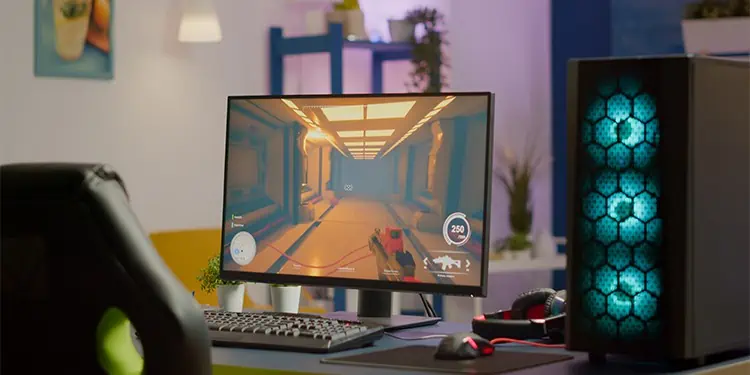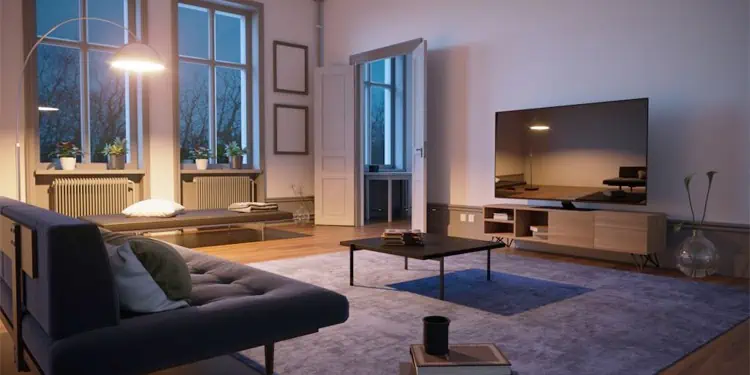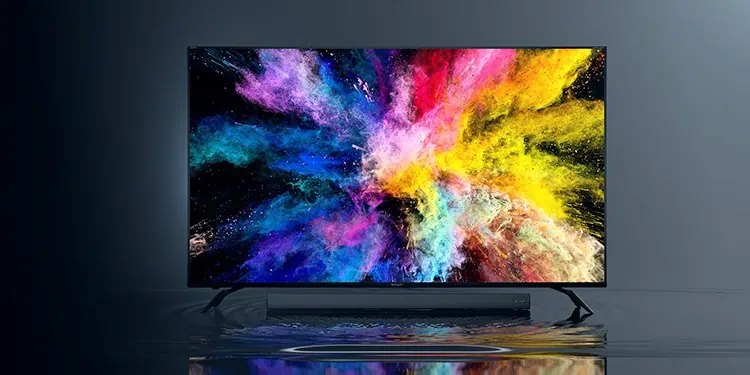Every tweak to your image quality can improve your overall experience, whether you’re using a monitor or a TV screen. Backlight bleeding is one of those tweaks that might not seem significant but can really impact the view.
While all screens will probably do a bit of backlight bleeding to some extent, you can minimize it and improve how things look on both large and small screens.
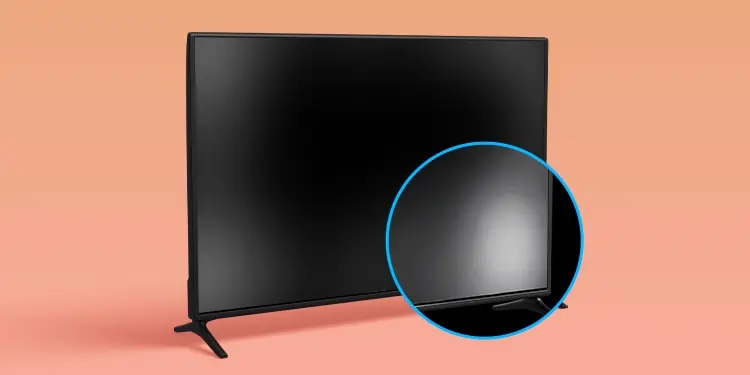
What is Backlight Bleeding?
Backlight bleeding is when light leaks around the edge of your display. It will create areas that are less dark than they should be and is more noticeable during dark scenes.
While backlight bleeding isn’t an uncommon problem, it can be a real distraction. You can try a few fixes to minimize its impact and make your display look better. Over time, though, you can expect to see more backlight bleeding on certain displays as they age, and you may have to revisit these solutions from time to time.
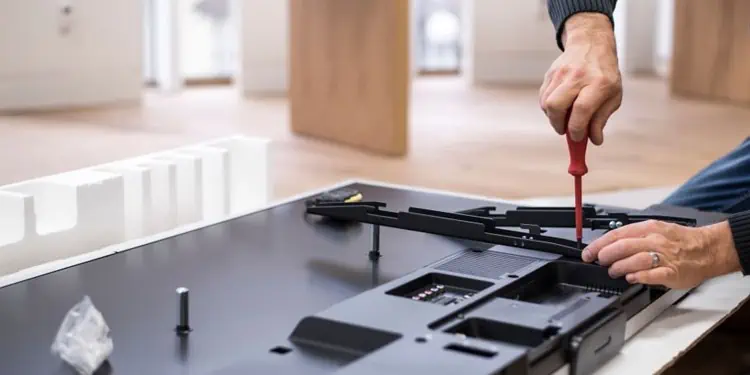
How to Fix Backlight Bleeding?
To fix blacklight bleeding, your best options are to address the areas where the light is bleeding through or to change the environment to minimize its impact.
Check Out the Edges of the Screen
Take a look at the edges of the TV or monitor screen that’s experiencing backlight bleed. You’re looking for a few different things.
All of these strategies depend on thetype of display you’re using. The ones that involve taking apart a panel will also void your warranty, so approach them cautiously.
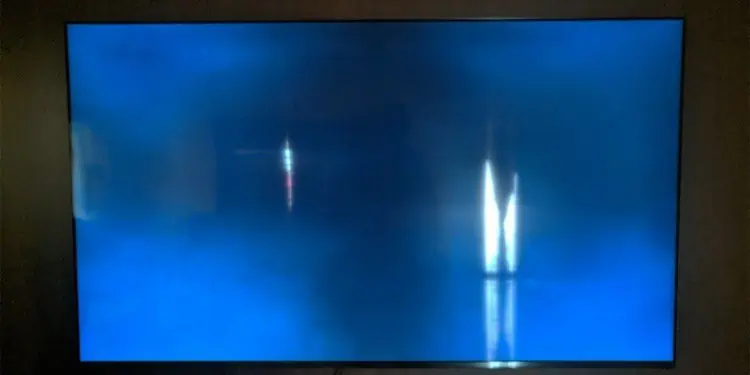
Change Your Display Settings
If you can’t fix the problem directly, changing your display settings can help reduce the impact of backlight bleeding.
Keep in mind that these changes might not improve your overall picture. They’re designed to help reduce the light bleed you see but not to give you the optimum picture otherwise. Keep trying to tweak things until you find a setting that works best for you.
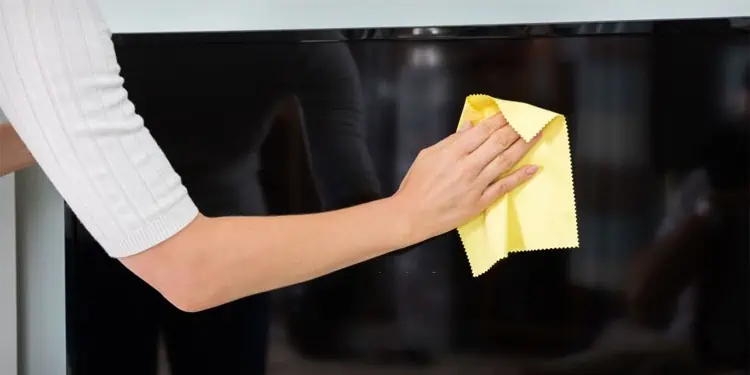
Adjust Your Environment
If you can’t get the panel to emit less light with its settings, try to adjust the room you’re in. While it won’t change the display and the backlight bleeding, it might minimize its effect and make it more bearable.
Minor tweaks can make a significant impact on your viewing experience. Try out a few and see whether the backlight bleeding is less distracting or whether it doesn’t change it at all for you. A lot of these tips are based on personal preference.
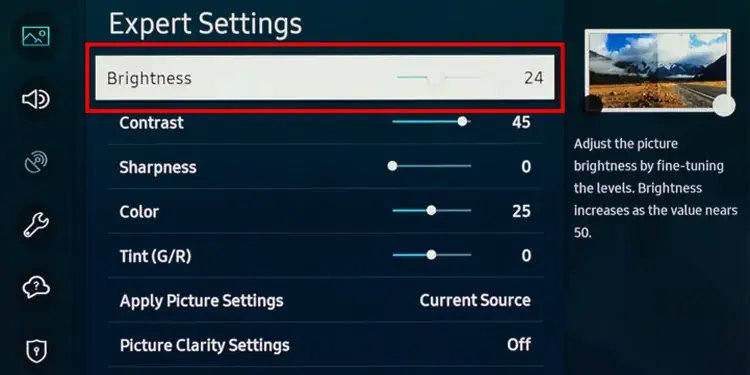
Check Your Warranty
Sometimes the only solution – especially if you’re under warranty – is to contact the company and tell them the screen has excessive backlight bleeding. It’s a good reason to turn it back in and see whether you may get a better model.
If backlight bleed is a primary concern, getting your money back and getting a different display might be better. Backlight bleed is mainly a problem with LED panels. Other types of displays shouldn’t have the same effect and will make for a better viewing experience for those sensitive to even a bit of light bleeding through.
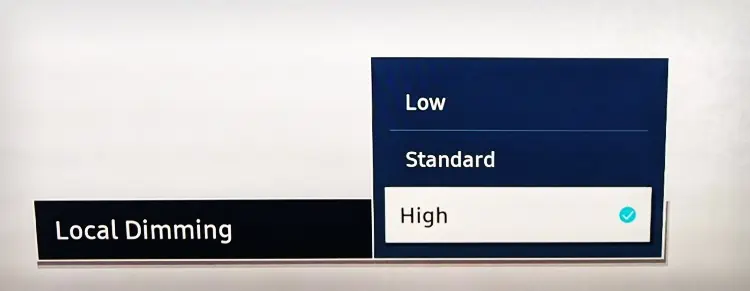
Is There a Way to Avoid Backlight Bleeding?
Backlight bleeding isn’t a sign you’re doing something wrong. It’s just a natural result of using LEDs with certain types of panels as a light source. While some displays suffer more than others, there is no way to guarantee you won’t have some light bleeding through.
However, reading reviews of displays before purchasing them can hint at whether or not a TV or monitor has a lot of backlight bleeding. Many people will mention it if they notice it before they leave a review, and some will follow up later to update potential buyers. Use the search function if there is one to narrow down reviews more likely to mention issues and focus on reviews that include images to get the most information.
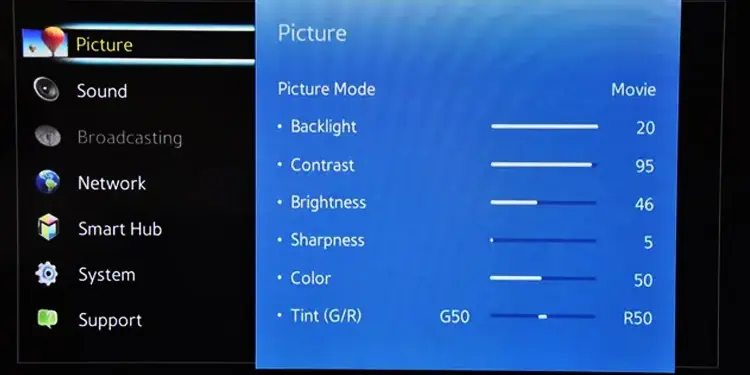
Being gentle with your display and keeping it clean can also help you avoid backlight bleeding. Panels that bend or are moved out of their proper orientation are more likely to have that kind of bleeding. A gentle touch and commitment to cleanliness will keep your display in the best possible condition for as long as possible.
